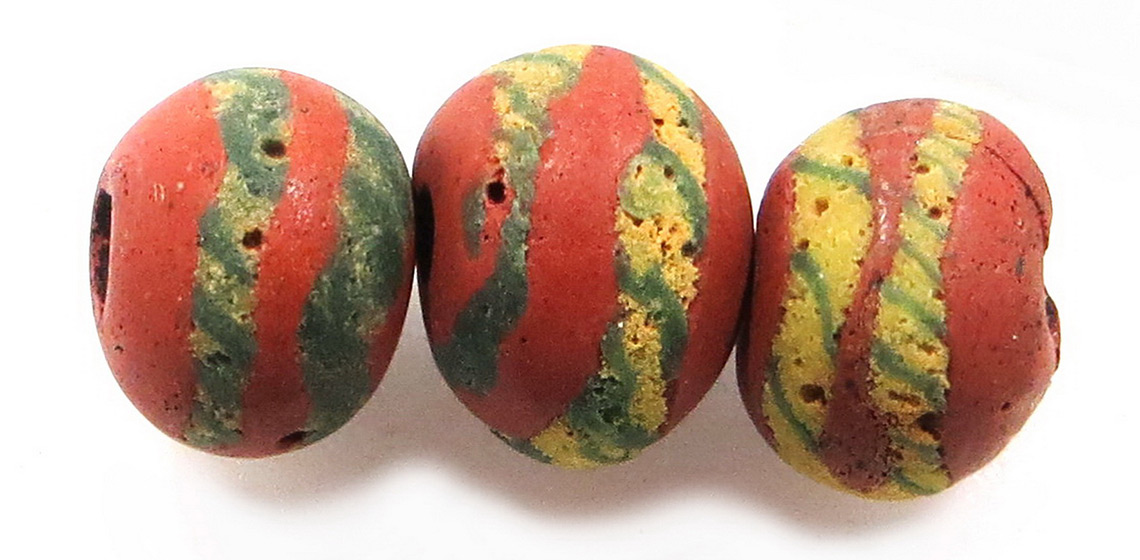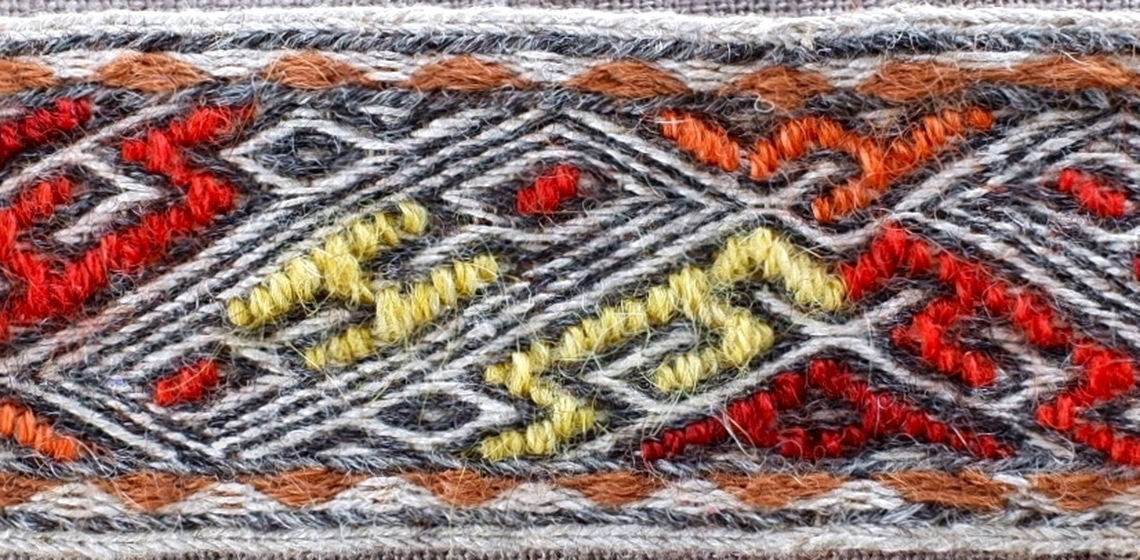Featured in the EXARC Journal
Ancient Technology
“Cuts Stones of all Sorts, In the Best Manner…”: Experiments in 18th Century lapidary work in America
Introduction
Colonial Williamsburg is unique among open-air museums. It encompasses 70 hectares (173 acres), where there are no barriers, except for motorised vehicles. Visitors can walk along the streets and visit shops, although an admission ticket is needed to enter workshops and interpretive centres. People working at Colonial Williamsburg are dressed in period costumes and are well versed in both history, the crafts they demonstrate, and in explaining them to the public.
A Tablet Woven Band from the Oseberg Grave: Interpretation of Motif and Technique
Introduction
The textile fragments from the Oseberg tomb (834 AD) in Norway are considered the world's largest and most important textile finds from the Viking Age. Among the textiles, 48 tablet-woven bands were identified and roughly divided into five categories by Margareta Nockert: I) Brocade, II) Tabby, III) Mixed I and II, IV) Ready threaded and V) Three or more colours without brocade (Nockert, 2006, pp. 147-155).















